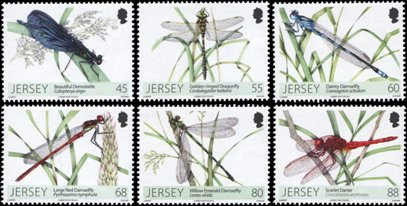Since the mid-1990s, populations of the common Japanese dragonfly Sympetrum frequens in rice fields have declined severely. Application of systemic insecticides—especially fipronil—to nursery boxes of rice seedlings is suspected to be the main cause of the decline. However, until now there have been insufficient population data to test the causality. We conducted a dragonfly survey from 2009 to 2016 in four prefectures of Japan and compiled the data to enable the comparison of population growth rates along five main census routes over the years. We also estimated the use ratio of each insecticide applied to nursery boxes in rice fields (i.e., the area exposed to insecticide as a ratio of the total rice field area) by prefecture. We then statistically analyzed the effects of the insecticides on the dragonfly’s population growth rates, taking into account the potential confounding factors based on current knowledge. There was a significant negative association between the annual increase in use ratio of the sum of systemic insecticides (e.g., fipronil, imidacloprid, and chlorantraniliprole) and the annual population growth rate of S. frequens. This association suggests that systemic insecticide use affected the decrease in population density of the dragonfly, although some agronomic factors need to be further examined as potential confounders.
Source:
Kosuke Nakanishi et al. Science of The Total Environment, Volume 703, 10 February 2020, 134499

- Login om te reageren
